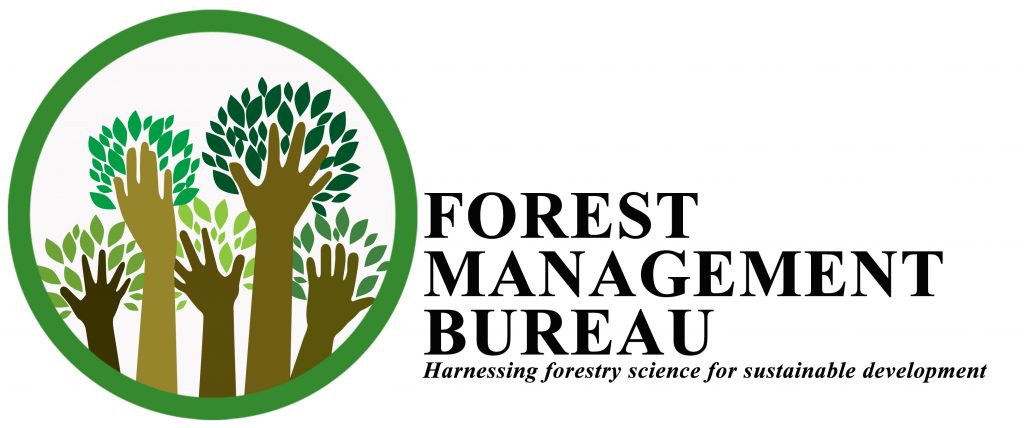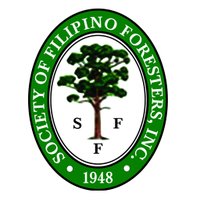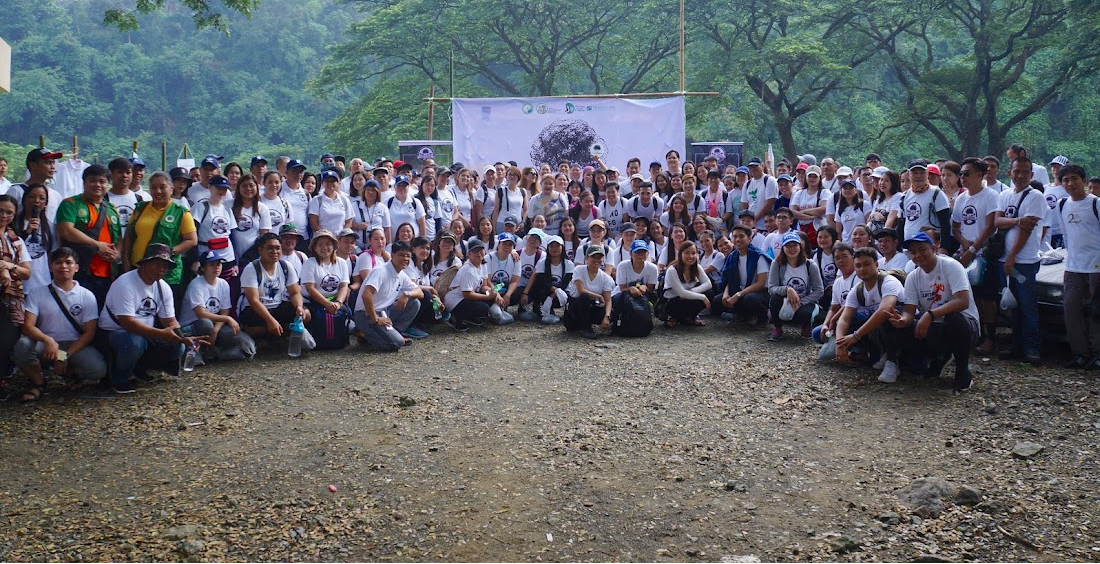The Trees 4 Sustainability Program was officially launched in 2019 as a public-private-community tree nourishing and livelihood program that aims to combat the climate crisis by planting trees that will grow as carbon sinks or reservoirs that will absorb and store the carbon emissions from the atmosphere. The ultimate goal of this project is to rehabilitate our forests to respond to 4 of the 17 United Nations Sustainable Development Goals which are: climate action, clean water and sanitation (watershed rehabilitation), life on land (protection of biodiversity), and no poverty (inclusive growth through livelihood opportunities). Beyond planting trees in the forest, this program ensures that the seedlings planted will be nourished for the next 3 years until it is stable enough to grow on its own.
T4S 2019 Ceremonial Planting was held last August 17 (Saturday) at Sitio Wawa, Brgy. San Rafael, Rodriguez (Montalban), Rizal. The gathering was attended by 177 participants coming from various sectors and was graced by honorable guests from Quanta Paper Corporation and the Provincial Environment and Natural Resources Office – Rizal (PENRO – Rizal). During the programme, our Forest Landscape donors, which are Prestige Hotels & Resorts Inc. (Richmonde Hotel Ortigas & Eastwood Richmonde Hotel) and EDSA Shangri-La Hotel Manila, as well as our partner organization, Quanta Paper Corporation, were awarded with Plaques of Appreciation.
The participants were able to plant 300 kalumpit and molave tree species at our site in Mt. Pamitinan. The remaining seedlings from the target of 1000 trees will be planted by the Trees 4 Sustainability team and group of volunteers by the end of October 2019.
T4S 2019 PLANTING SITE
The Upper Marikina River Basin Protected Landscape (UMRBPL) covers much of Rizal province and is among the many tributaries of Pasig River. Promoting conservation in this watershed area is vital in ensuring Metro Manila and nearby provinces’ water supply which has recently experienced water shortage. Despite the importance of UMRBPL as a watershed, illegal activities such as charcoal making, logging, and kaingin (slash-and-burn farming) are still rampant in the area. The lack of trees in UMRBLP that could have prevented flooding is evident during the 2009 Tropical Depression Ondoy. Despite being a relatively weak storm, the tropical depression had brought much rain causing the river to swell up to 23 m or as tall as an 8-storey building.
The first site for Trees 4 Sustainability is at Mt. Pamitinan, Sitio Wawa, Brgy. San Rafael, Rodriguez (Montalban), Rizal. Apart from Mt. Binacayan and Mt. Pamitinan, which are popular hiking trails, the site is also known for Wawa Dam which has been constructed in 1904 to supply water in Manila. It has been closed in 1964 because of the lack of water supply. However, there are plans to restore the dam to augment Metro Manila’s increasing water demand. Apart from these natural and human-made landmarks, the area is also known for its folklore. Bernardo Carpio, a demigod and a giant, was said to prevent the collision of the two mountains. One approach to protect and preserve UMRBLP’s natural and cultural features is through reforestation initiatives such as tree nourishing activities. More than planting trees, nourishing activities ensure survival of seedlings by involving the immediate communities to nurture the plants. This discourages them to participate in illegal activities by introducing alternative livelihood to the people.

The plantation site is located at Brgy. Wawa, Rodriguez (formerly Montalban), Rizal. The. Apart from Mt. Binacayan and Mt. Pamitinan which are popular hiking trails, the site is also known for Wawa Dam which has been constructed in 1904 to supply water in Manila. It has been closed in 1964 because of the lack of water supply. However, there are plans to restore the dam to augment Metro Manila’s increasing water demand. Apart from these natural and human-made landmarks, the area is also known for its folklore. Bernardo Carpio, a demigod and a giant, was said to prevent the collision of the two mountains.

One approach to protect and preserve UMRBLP’s natural and cultural features is through reforestation initiatives such as tree nourishing activities. More than planting trees, nourishing activities ensure survival of seedlings by involving the immediate communities to nurture the plants. This discourages them to participate in illegal activities by introducing alternative livelihood to the people.
In Partnership With






